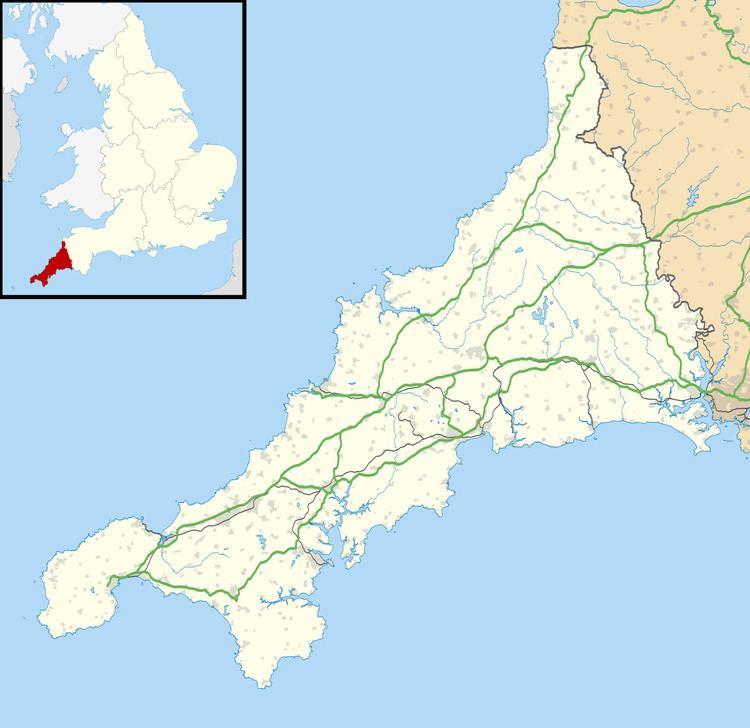OS grid reference SX311672 Dialling code 01579 | Civil parish St Ive Local time Friday 4:03 AM | |
 | ||
Population 2,231 (United Kingdom Census 2011 including Bodway ) Weather 11°C, Wind S at 37 km/h, 99% Humidity | ||
St ives bay in west cornwall a video guide
St Ive (/ˈiːv/ EEV; Cornish: Sen Iv) is a village and civil parish in eastern Cornwall, England, United Kingdom. The village is split into four parts: St Ive Church End, St Ive Cross, St Ive Keason and St Ive Parkfield. In addition to the Parish an electoral ward exists stretching north of St Ive. The population at the 2011 census was 4,246.
Contents
- St ives bay in west cornwall a video guide
- Map of St Ive Liskeard UK
- St ives in cornwall beach and harbour on a beautiful sunny day
- History and geography
- Parish church
- Trebeigh Manor
- Notable residents
- References
Map of St Ive, Liskeard, UK
St ives in cornwall beach and harbour on a beautiful sunny day
History and geography
The parish used to be a large rural area of rolling landscape with wooded valleys and the population was sparse with the largest village being St Ive itself, sited on the A390. The hamlet of Woolston lies to the northwest of St Ive. The demography of the parish was radically altered with the mid-Victorian mining boom centred on Caradon Hill. South Caradon Mine situated just over the parish border was at one time the largest and most prosperous copper mine in the world.
Leonard Trelawny Hobhouse, politician and sociologist, and his sister Emily Hobhouse, the social activist, were both born in St Ive.
Parish church
The parish church is probably dedicated to Saint Ive. However it is not certain whether he was a supposedly Persian bishop whose body was found in 1001 at St Ives in Cambridgeshire. The building is mainly 14th century and similar to the church of South Hill, though more elaborate in detail. The consecration of the church in 1338 is recorded in the diocesan register. The south aisle, south porch and the top of the tower were added either in the 15th or early 16th century: (the tower has 12 pinnacles). The pulpit is dated 1700 but is in the Jacobean style. A monument to J. Lyne, d. 1791, is by Robert Isbell; another monument to a member of the Wrey family, formerly of Trebeigh Manor within the parish, was moved to their principal seat of Tawstock, Devon, in 1924.
Trebeigh Manor
Trebeigh, St Ive, in Cornwall was a manor listed in Domesday Book as held by the Earl of Mortain, the largest landholder in that county. He is said to have taken it away wrongfully from the church. Contrary to popular belief, it was never owned by the Knights Templar. In 1338 Trebeigh belonged to the Hospital of St John or Knights Hospitaller, later the Knights of Malta, and formed the Preceptory of Trebeigh. Following the Dissolution of the Monasteries the manor of Trebeigh was granted by Queen Elizabeth I in 1573 to Henry Wilbye and George Blyke, from whom it was acquired by John Wrey, who made it his family's chief seat until his descendants inherited Tawstock in Devon from the Bourchiers in 1654. The family owned the Wheal Wrey mine in the parish.
